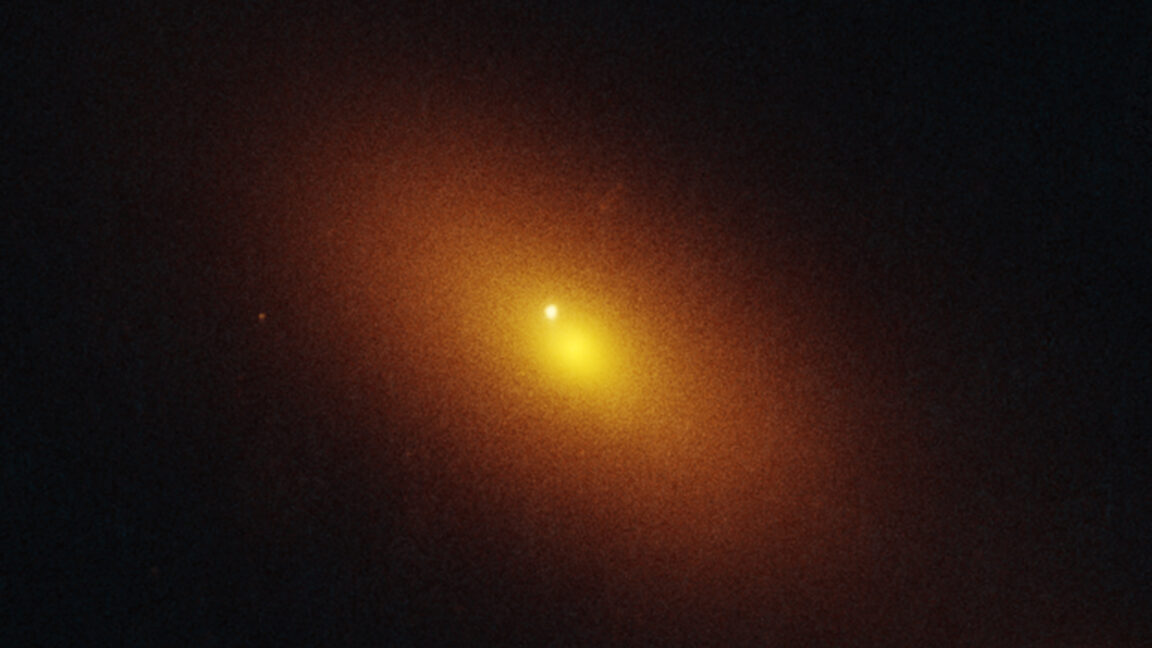fromenglish.elpais.com
4 days agoReinhard Genzel, Nobel laureate in physics: One-minute videos will never give you the truth'
German astrophysicist Reinhard Genzel, 73, takes the stage. He then begins his lecture in the most unexpected way: What's the point of talking about black holes if all the Hollywood producers already know what they are? Going into them is easy, but once you do ooooh. The audience made up of a couple of hundred professors and students from 20 countries is taken aback.
Science
























